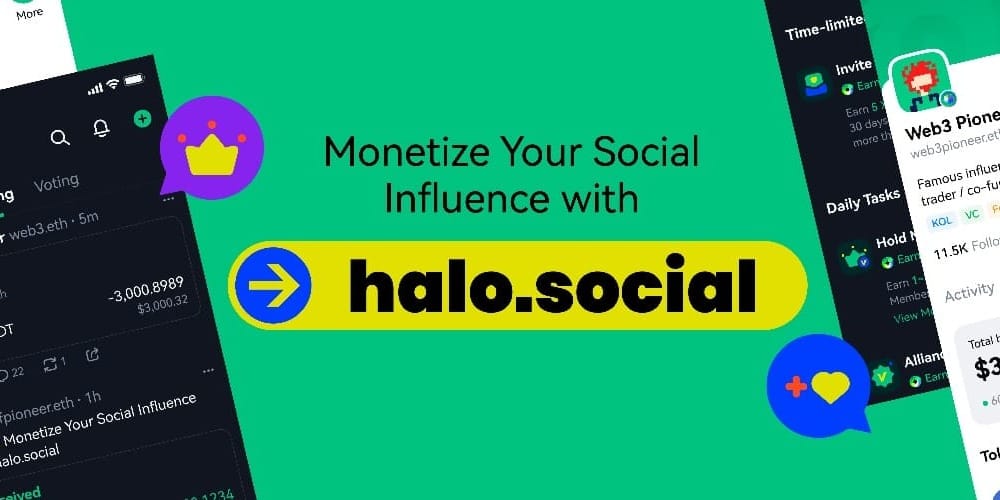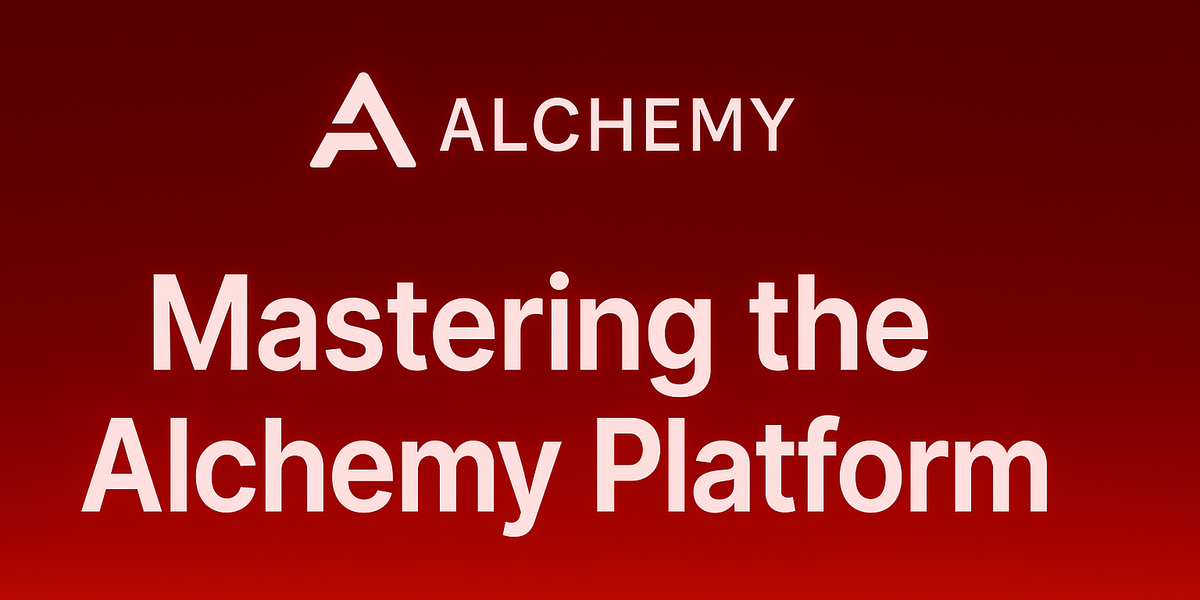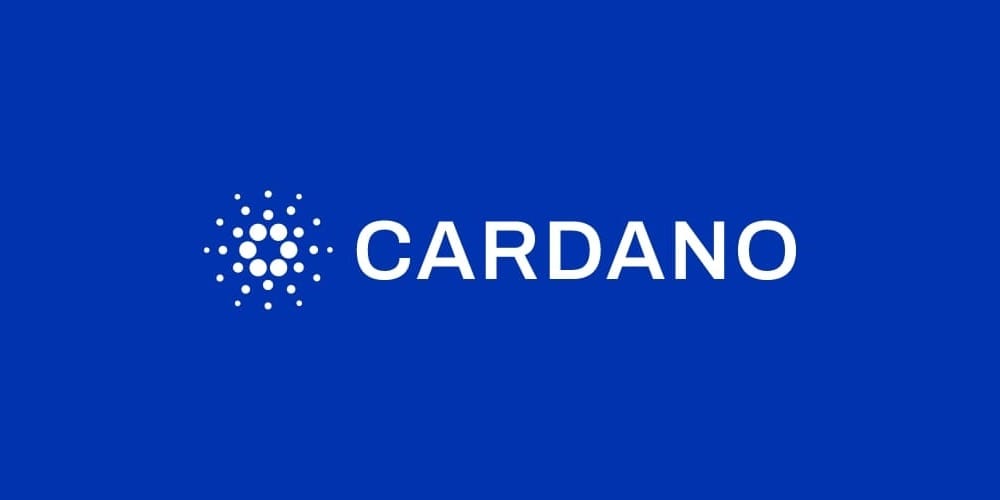Halo is a pioneering platform in the SocialFi arena, aiming to establish a monetization layer that empowers users to capitalize on their social influence. By integrating Web3 technologies, Halo seeks to create a new paradigm of Universal Basic Income (UBI), granting ownership and revenue-sharing opportunities to all participants.
Tokenomics
The native token of the Halo ecosystem is $HLO, with a total supply of 2.1 billion tokens. The distribution is as follows:
- Airdrop and Ecosystem Incentives (42%):
- Airdrop: 4% released entirely at the Token Generation Event (TGE).
- Early Adopter (HGP): 2% with 10% at TGE and the remainder over 12 months.
- Ecosystem Incentives: 36% allocated for future rewards, commencing after a 3-month cliff and distributed over 36 months.
- Investors (15%):
- Seed Round: 6.8% with 10% at TGE, followed by a 3-month cliff and 36-month linear release.
- Strategy Round: 8.2% with 10% at TGE, a 3-month cliff, and 24-month linear release.
- Advisor Pool (2%): 10% at TGE, with the remainder over 12 months.
- Public Sale/OTC (2%): 10% at TGE, with the remainder over 12 months.
- Launchpool (1%): Fully released at TGE.
- Team (12%): Subject to a 6-month cliff, followed by a 36-month linear release.
- Treasury (20%): 5% at TGE, a 6-month cliff, and 48-month linear release.
- Marketing (4%): 15% at TGE, a 3-month cliff, and 36-month linear release.
- Liquidity (2%): Fully released at TGE.
This structured distribution ensures a balanced initial circulation and sustained growth for the Halo ecosystem.
Underlying Technology
Halo's architecture comprises multiple layers:
- Social Connection Layer: Facilitates decentralized identity (DID) management and wallet aggregation, enabling users to connect profiles, relationships, and activities seamlessly.
- Monetization Layer: Introduces a Social Monetization Layer that bridges Web2 and Web3, allowing users to earn through social mining and data monetization, particularly by providing AI training services.
- Governance Layer: Implements decentralized governance, empowering the community to influence platform decisions, content moderation, and ecosystem development.
Supported Networks
Halo operates as a Web3 social application, integrating with various blockchain networks to provide services such as wallet aggregation, token management, and decentralized identity. While specific networks are not detailed in the available information, the platform's design suggests compatibility with multiple chains to facilitate seamless user experiences.
Market Status of $HLO Token
As of January 2025, Halo has announced strategic enhancements to bolster the growth and stability of the $HLO token. These measures include:
- Token Burn: Eliminating 20% of the total circulating supply to potentially increase token value.
- Buyback Fund: Allocating $1.5 million to support the ecosystem and raise token demand.
- IDO Allocations: Reducing initial decentralized offering allocations to 200,000 tokens to ensure streamlined distribution.
- Staking Commitment: Locking 40% of the initial investor allocation into staking to promote long-term engagement and reduce immediate selling pressure.
These initiatives aim to enhance the token's market performance and provide a sustainable development path for the Halo ecosystem.
Investor Information
Halo has garnered support from notable investors and strategic partners, including:
- Cyberport
- Capital280
- FrensSyndicate
These collaborations underscore confidence in Halo's vision and its potential impact on the SocialFi landscape.
Development Status
Halo is actively developing its platform, offering applications across multiple platforms:
- Mobile Apps: Available for iOS and Android devices.
- Browser Extension: Accessible via Chrome.
The platform provides features such as end-to-end encrypted messaging, wallet aggregation, and social mining opportunities, indicating a robust and user-centric development approach.
Technological Innovation and Potential
Halo distinguishes itself by introducing a monetization layer within the SocialFi field, focusing on fair allocation of personal social influence value. By leveraging blockchain technology, decentralized identity, and AI integration, Halo offers:
- User Empowerment: Grants users ownership of their data and social interactions.
- Revenue Sharing: Ensures equitable distribution of profits generated from social activities and data monetization.
- AI Integration: Provides AI training services using user-generated content, allowing participants to benefit from the AI industry's growth.
This innovative approach positions Halo as a transformative player in the convergence of social networking and decentralized finance.





Comments